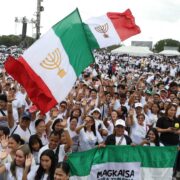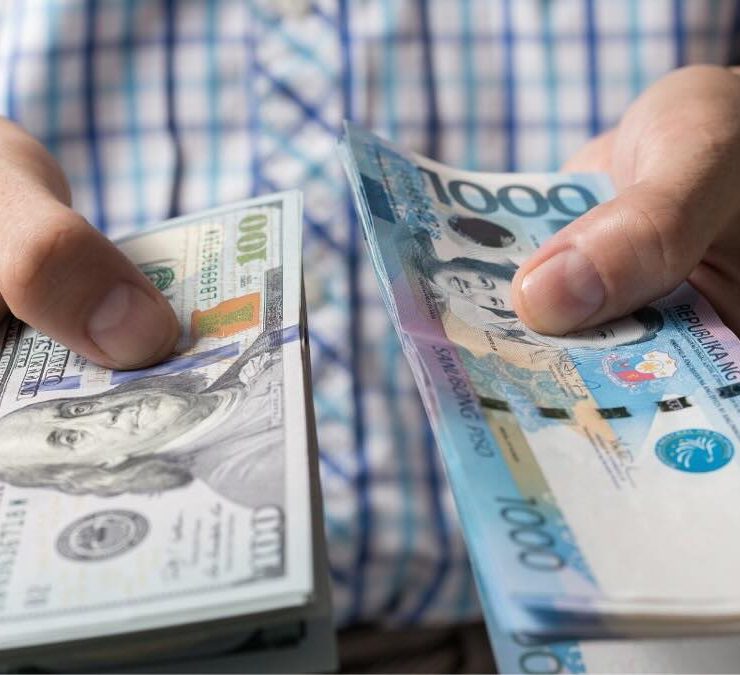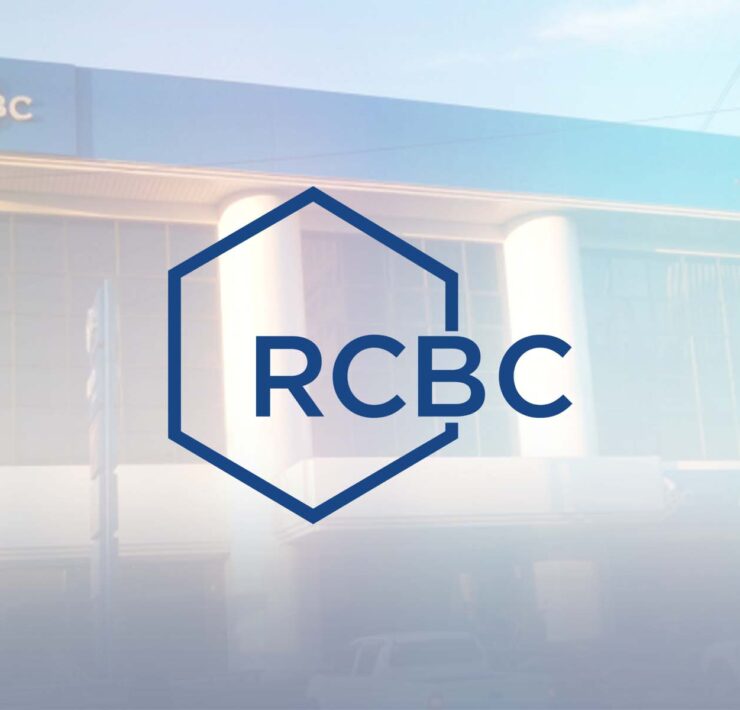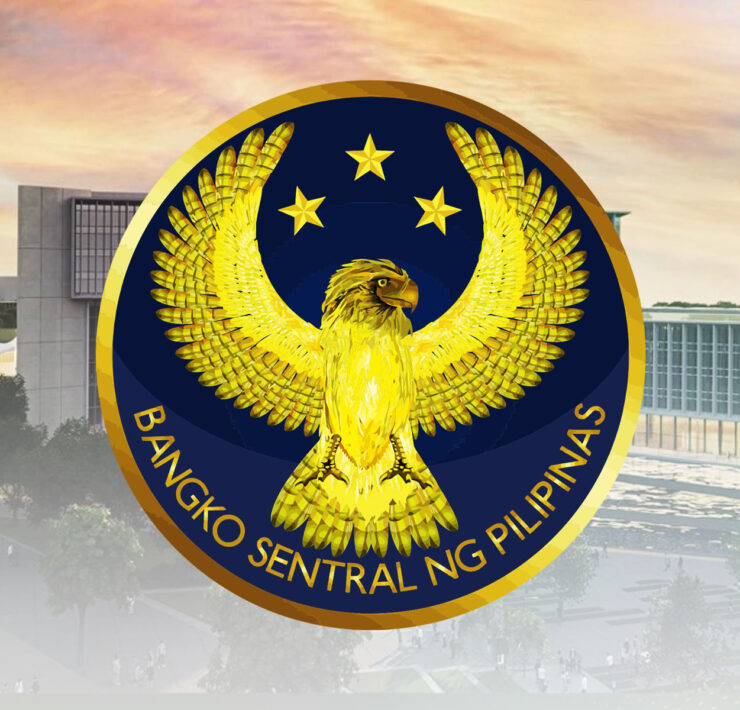BSP pegs March inflation at 1.7% to 2.5%
The Bangko Sentral ng Pilipinas (BSP) on Monday said it expects inflation in March to settle between 1.7 and 2.5 percent, with higher electricity rates and rising prices of fish and meat putting upward pressure on consumer prices.
Despite these cost increases, the country’s central bank said inflationary pressures would likely be tempered by declining prices of rice, fruits and vegetables, supported by improved domestic supply conditions and the recent appreciation of the peso.
“The Monetary Board will continue to take a measured approach in ensuring price stability conducive to balanced and sustainable growth of the economy and employment,” the BSP said in a statement.
In February, inflation cooled more than anticipated, hitting a five-month low as costs for food, utilities, and transportation declined.
It fell sharply to 2.1 percent in February from 2.9 percent in January, marking a significant slowdown that increases the likelihood of a rate cut.
Meanwhile, Bank of the Philippine Islands (BPI) lead economist Emilio Neri Jr. offered a more moderate projection, estimating that March inflation likely eased further to 2.0 percent year-on-year, with no month-on-month change.
“If realized, this could mark the lowest point—or close to it—for the year, as global inflation risks start to build and favorable domestic base effects fade,” Neri said.
He noted that prices of key food items such as rice and vegetables continued to decline due to improved supply conditions, stable weather, increased imports, and relative currency stability.
Stable commodity prices have also helped offset overall price pressures, balancing out the rise in electricity costs.
With inflation easing, Neri said the Bangko Sentral ng Pilipinas (BSP) may consider a rate cut at its April monetary board meeting.
He added that stable global oil prices and the peso trading around the 57 level further support the case for a rate reduction.
Despite holding rates steady in February, BSP Governor Eli Remolona has emphasized that the central bank remains in an easing mode.
This stance is expected to support consumption and investment spending, which have remained sluggish. If first-quarter GDP growth—set for release in May—under-performs, Neri said the likelihood of another rate cut in June could increase.
However, external risks may limit BSP’s room for aggressive rate cuts.
“Cutting interest rates in the second half of the year could prove more challenging as external headwinds continue to escalate,” Neri warned.
He pointed to ongoing risks such as supply chain disruptions from U.S. trade policies, low base effects, and unfavorable weather conditions, which could push inflation above the BSP’s 4.0 percent target in the latter half of the year.
Additionally, the country’s sizable current account deficit makes the peso vulnerable to external pressures, while uncertainty over U.S. Federal Reserve policy and trade policies could further weigh on the currency and fuel inflation expectations.
“Given this environment, aggressive action may not be prudent. Supply shocks can shift the inflation outlook quickly, making a cautious approach to rate cuts more suitable,” Neri said.





















